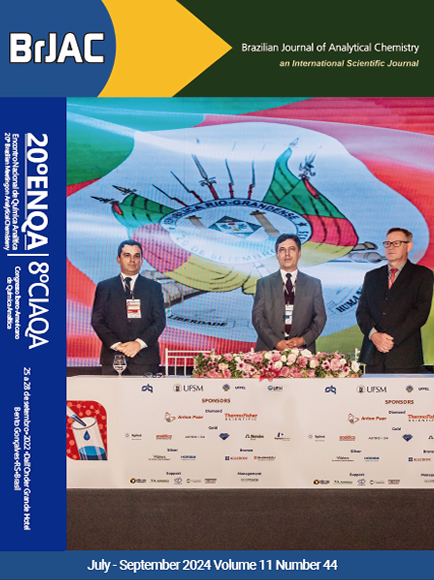
Volume: 11
Issue: 44
Contents:
This is a Special Issue celebrating the 20th Brazilian Meeting of Analytical Chemistry (ENQA). It contains an Editorial by Dr. Érico Flores, Dr. Márcia Mesko and Dr. Renato Zanella, Guest Editors of this special issue, an Interview with Dr. Carla Bottoli, a Point of View by Dr. Ralph E. Sturgeon, a Letter by Dr. Ewa Bulska, and 08 Articles. In addition, readers will find features on scientific meetings, sponsor reports & releases, book notices, and a calendar of events.

































